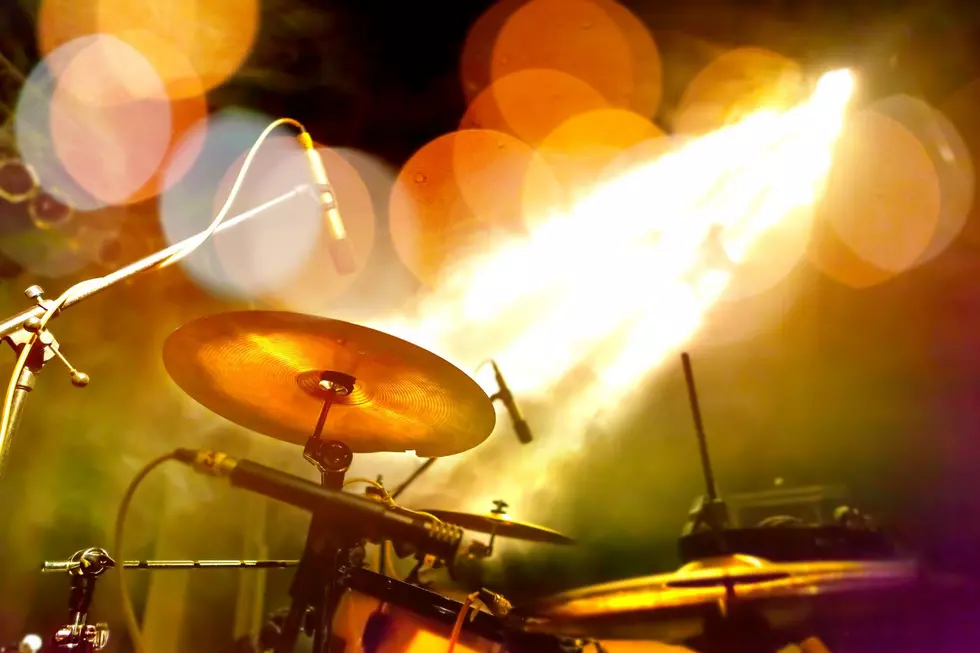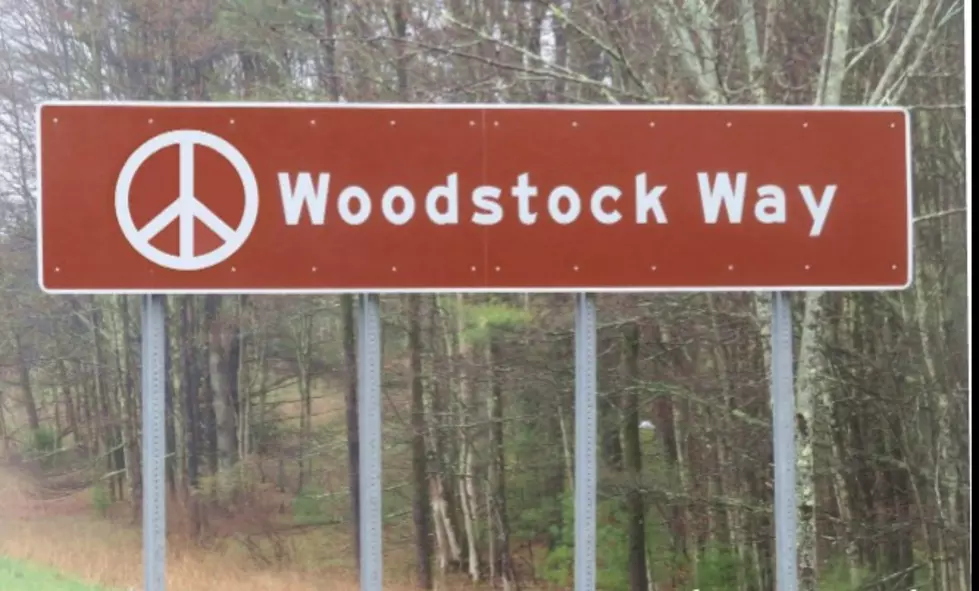
These 74 Plants are Banned in New York State
Spring is in full swing in New York, with both plants and animals emerging from their winter slumber. Some, however, are not welcome in the state.
Certain native plants are celebrated in New York. The sugar maple is our state's official tree, the lilac is our official bush, and the rose is the official flower. Then there are the prohibited plants...
Prohibited Invasive Plants in New York State
There are 74 invasive plants that are prohibited in New York. These trees, flowers and grasses are unwelcome, says the New York State Department of Environmental Conservation (NYS DEC), because of their likelihood to "cause economic or environmental harm or harm to human health". Some plants are more famous than others.
Garlic Mustard Prohibited in New York
Garlic mustard (above) is on the top of the list of invasive plan offenders. Called "one of the worst invaders of forests in the American Northeast and Midwest", this aggressive herb spreads quickly and kicks out native plants in the process. New York is unfortunately one of the first places it was ever found in the country, and is still found all over the state.
Honeysuckle Species Banned in New York
While honeysuckle can be found naturally in New York state, there are a few species that are prohibited. Japanese Honeysuckle (above), Amur Honeysuckle, and Tartarian Honeysuckle are all unwelcome according to the NYS DEC. Not only does their growth impact native plants, but their berries are not as nutritious as other honeysuckle plants, which negatively affects native birds. "One way to distinguish between native and invasive honeysuckles is by looking at the stems – native honeysuckles have solid stems while invasive honeysuckles have hollow stems", says the DEC.
European Water Chestnut Prohibited in New York
Water chestnuts have been causing extensive problems in New York state since the late 1800s, and the NYS DEC spares no words when describing the plant that is "slowly but inexorably spreading throughout New York State, clogging waterways, lakes and ponds and altering aquatic habitats." While their fruit is edible, these are not the same water chestnuts available to buy in grocery stores.

While the list is extensive, controlling and preventing the growth of these plants is vital to the health of our natural environment. See the entire list of prohibited plants here, and see a complete photo guide of prohibited and terrestrial, wetland, and aquatic invasive species here. Want to plant legally? Check out five great beginner options below.
5 Plants to Include in Your NY Beginner Garden
15 Top Upstate New York Nurseries and Garden Centers That Are Ready For Spring!
More From WRRV-WRRB









